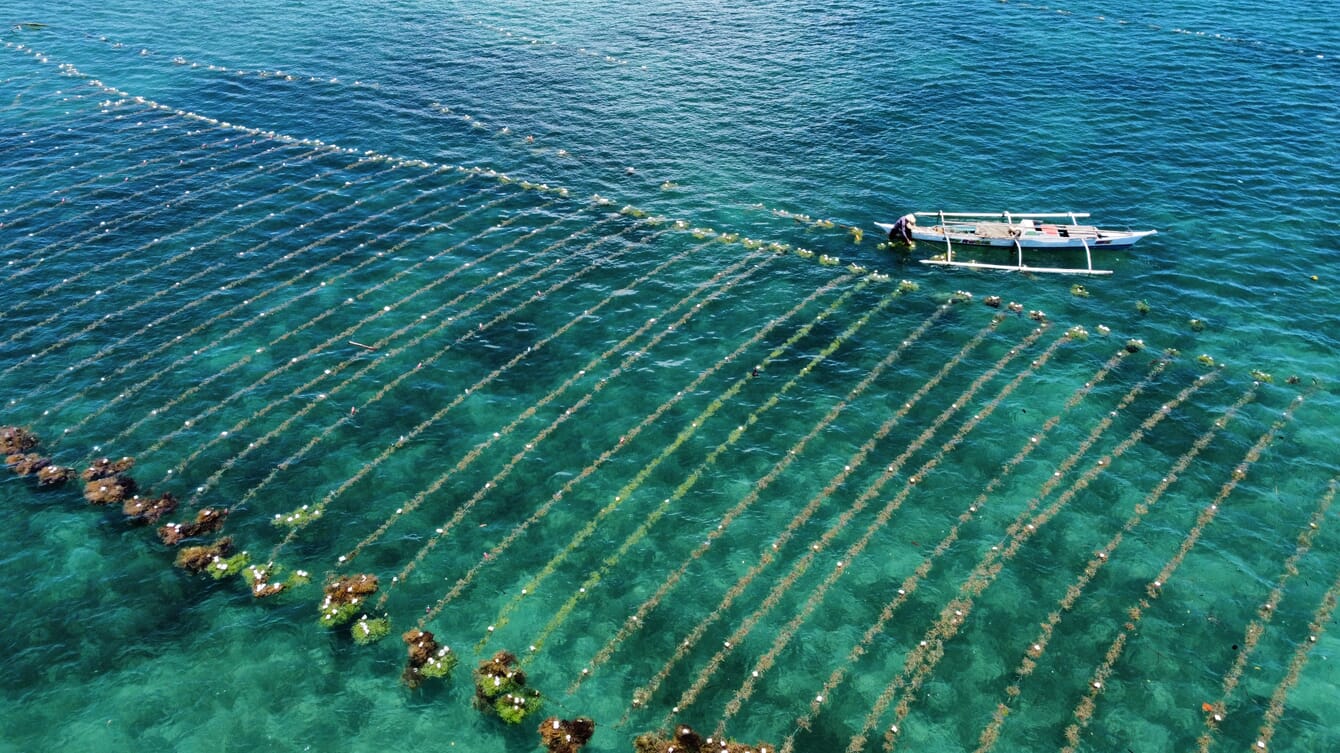
© Karlotta Rieve
Seaweed farming has long been referenced as a nature-based climate solution, but quantifying its carbon benefits has remained a challenge. A recent milestone - establishing a baseline for measuring carbon sedimentation underneath seaweed farms - marks an important step toward understanding its role in ocean-based carbon removal and mitigation.
While this does not resolve ongoing debates about the financial feasibility of scaling seaweed farming for carbon sequestration, it provides a foundation for assessing its broader environmental and economic value.
One of the most practical outcomes of this work is improved focus on data collection regarding seaweed ecosystem services. Beyond carbon storage, regenerative seaweed farming contributes to water quality improvements, habitat restoration and nutrient cycling. These benefits are often overlooked in terms of funding, as very little financing globally goes towards the upstream side of seaweed supply chains relative to downstream.
Many experts argue that seaweed’s most significant contribution to climate mitigation will come not from sediment sequestration itself, but from its downstream applications. Currently, the carbon sequestration potential of seaweed per hectare is relatively low compared to other ecosystems. Meanwhile, the high financial cost of monitoring blue carbon makes it difficult to justify the economic viability of blue carbon credits.
For this reason, seaweed’s greatest climate impact may lie in its role as a feedstock for products such as bioplastics, biostimulants and methane-reducing livestock feed - each of which can reduce emissions by displacing more carbon-intensive alternatives. However, realising these benefits depends on scaling production cost-efficiently, additional product trials and integrating cultivated seaweed into established industrial supply chains - all of which remain significant challenges.
These issues around monitoring, costs and products will be at the forefront of discussions at our upcoming Advancing Blue Carbon and Ocean Carbon Dioxide Removal Through Global Partnerships event in Tokyo on 11 March. With corporate interest in ocean carbon removal solutions growing, the event will bring together investors, industry leaders, and policymakers to examine pathways for scaling ocean-based carbon removal. The challenge now is to turn growing attention into practical, well-regulated strategies - without losing sight of the scientific and economic realities.




